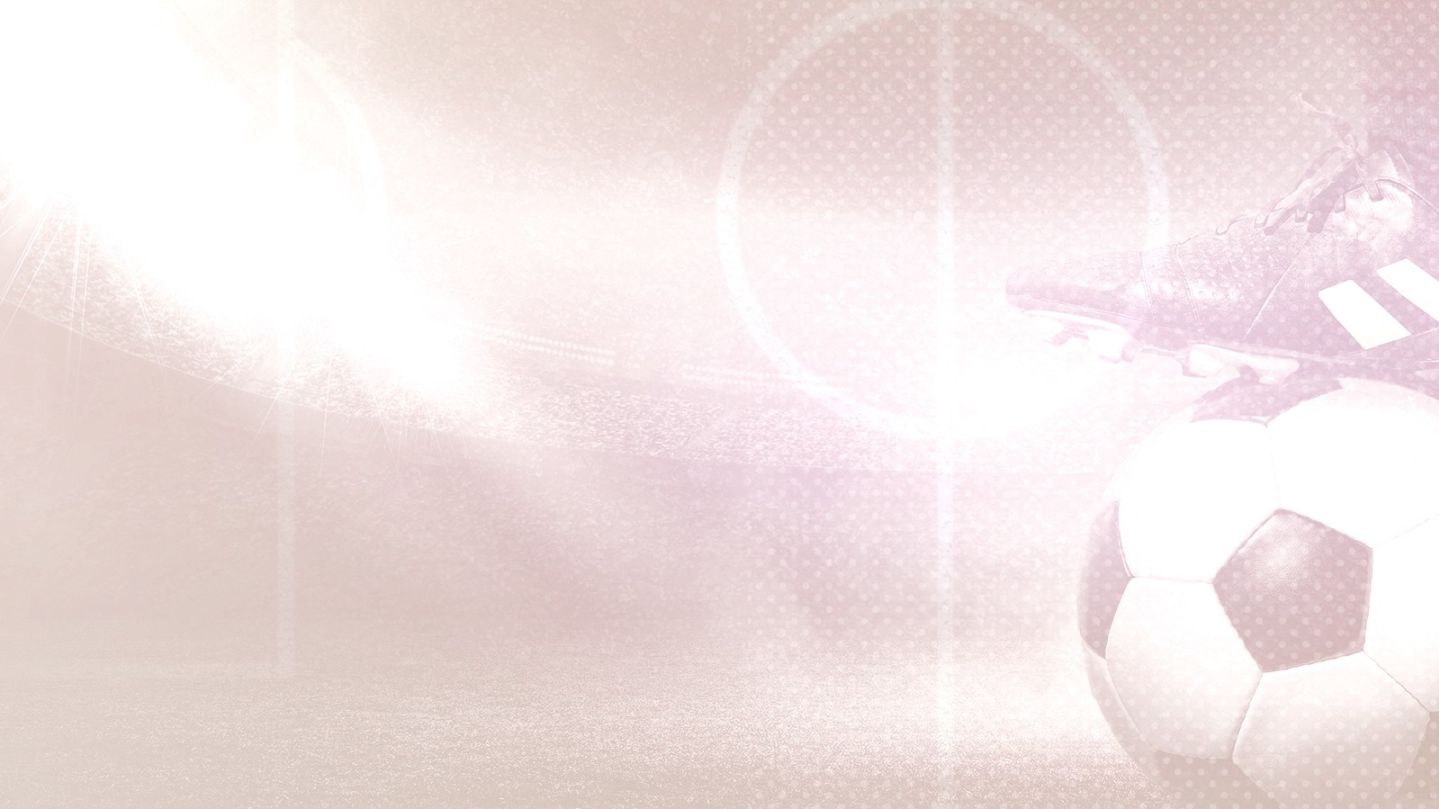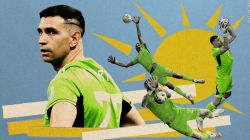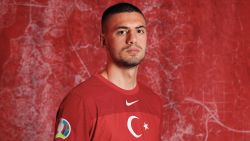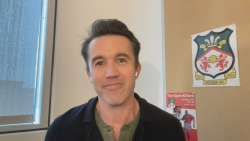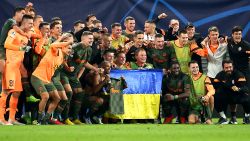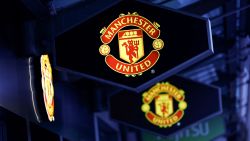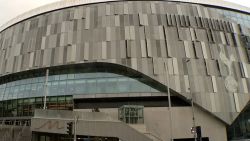Story highlights
Champions League final, June 3
Real Madrid vs. Juventus
Real aiming to make history
Bidding to successfully defend title
You’d never guess by the looks of its stadium, but French sixth-tier champion AS Cannes was once a breeding ground for world football’s greatest minds.
This once-proud team nestled in the luxurious Cote D’Azur boasts such luminary alumnus as Zinedine Zidane, Arsene Wenger and Patrick Vieira.
Zidane, who will manage Real Madrid in its second consecutive Champions League Final on Saturday – the Spanish side play one of the Frenchman’s old clubs Juventus – left his hometown of Marseille at the age of 15 to become a Cannes youth academy recruit.
He was recommended to Cannes AS by Jean Varraud, who Zidane credits as being a key influence on his development, so much so that he attended his mentor’s funeral when he died in 2006.
By the 1991-1992 season, the 19-year-old midfield magician had guided Cannes to an impressive fourth place finish in Ligue 1 and a berth in the coveted UEFA Cup.
“It feels like a dream,” says longtime AS Cannes fan Emmanuel Fagart, as he walks around the unremarkable grounds of the Stade Pierre de Coubertin, which sits in the relatively unglamorous Cannes La Bocca section of town. It’s a world away from the red carpet of the recent Cannes Film Festival.
“Now it is impossible to see such a small club play in European competition, unfortunately.”
READ: Bale’s bitter-sweet homecoming
READ: Buffon ventures into wine business
Putting Cannes on the map
Fagart, a retired 64-year-old, became a fan once he moved to Cannes from Paris in 1984, shunning neighboring afterthought OGC Nice and rivals AS Monaco.
That same year a young assistant named Arsene Wenger cut his teeth in the coaching ranks, burying his head in video footage.
Wenger would later pluck another Cannes graduate, former player Bora Primorac, as his right-hand man, first in Japan and then as an Arsenal assistant coach for the past 20 years.
But it was Zidane who put Cannes on the map in the modern era.
The club’s strong finish in 1992 brought Zidane to the attention of bigger clubs, and a then-extraordinary transfer fee of nearly $9 million from Bordeaux.
“I saw him back when he had hair,” says Fagart, still somewhat in disbelief. “He was a very good player, and it was clear that he had the chance to become the best player in the country.”
Zidane would later be honored with the naming of a town square in nearby Pegomas, where he lived with a host family as a teenaged Cannes apprentice. It was also the place where he met his wife Veronique.
Born to Algerian parents, Zidane came to Cannes from Marseille’s tough La Castellane district. The transition wasn’t easy.
“I have so many memories here. Thank you for thinking of giving my name to this little garden,” he said during the town square ceremony in 2007.
“I spent a lot of time there, especially in the telephone booth where I was calling my parents.”
READ: The legend of Totti in 10 chapters
READ: The match that changed football
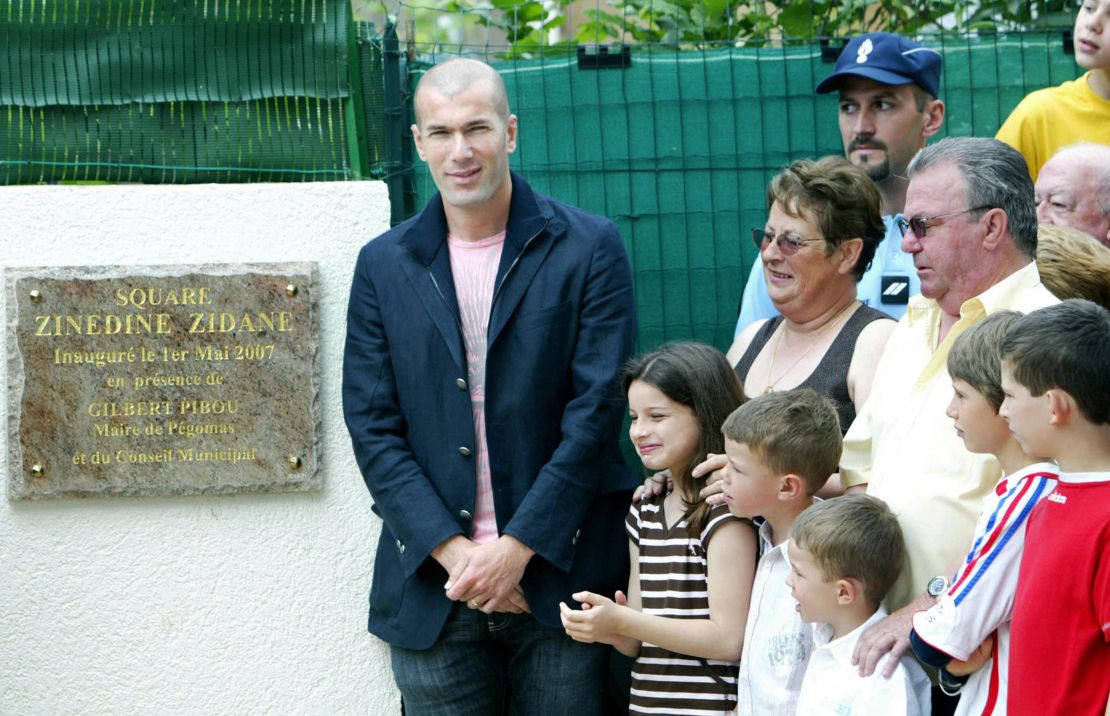
Immortalized in bronze
Widely regarded as one of the finest footballers to have ever played the game, Zidane is arguably one of the few players to have transcended his sport.
The 2006 film “Zidane: A 21st Century Portrait” was devoted to following his every move on a football field, while his infamous headbutting of Italy’s Marco Materazzi in the 2006 World Cup final was immortalized in bronze.
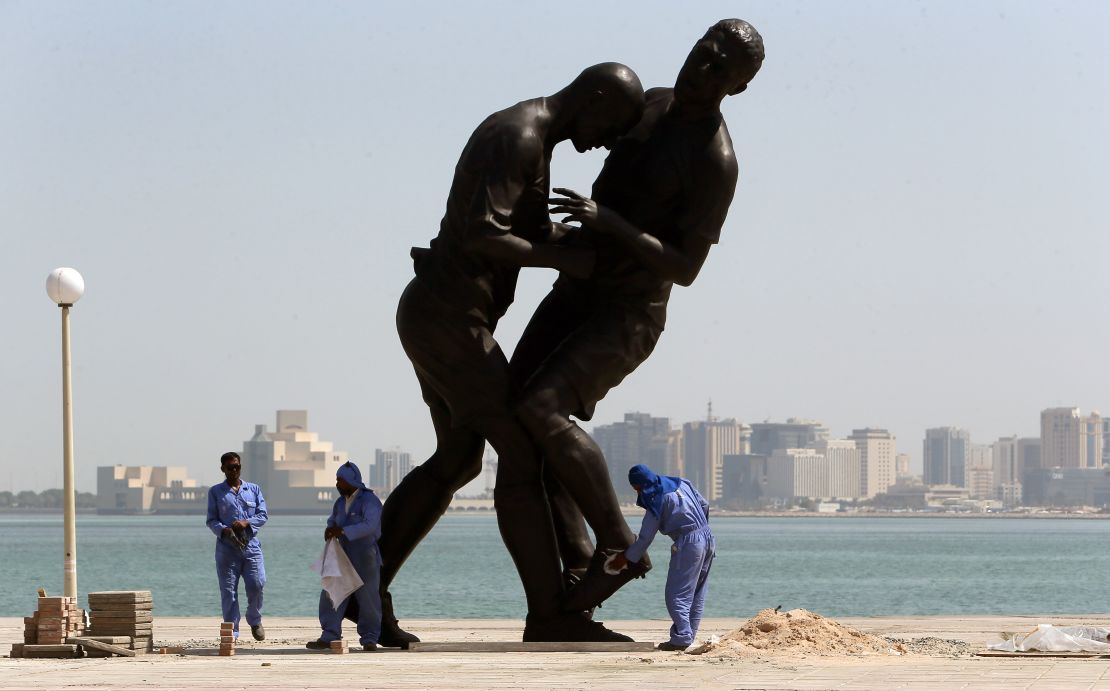
Zidane’s playing career was defined by two other notable moments.
He scored twice as France beat Brazil 3-0 in the World Cup final of 1998 and he’s also remembered for the stunning goal which won Real a ninth European Cup in 2002, when he converted a Roberto Carlos cross with a stunning volley against Bayer Leverkusen at Hampden Park.
Zidane, who retired immediately after the 2006 World Cup final, was crowned FIFA World Player of the Year on three occasions.
Remarkably, Zidane the manager is on pace to eclipse the trophy mark of Zidane the player – at least in La Liga.
His five-year spell as one of Real Madrid’s galacticos yielded a disappointing count of one La Liga title, one Champions League title and two Spanish Super Cups.
But after just a season and a half in charge, Zidane could haul in his second Champions League title as a coach on Saturday to compliment this season’s La Liga success.
Greener Pastures
Zidane’s departure from Cannes allowed the emergence of another Cannes prodigy, Johan Micoud, who would later star for Bordeaux and Werder Bremen while making 17 caps for the French national team. He returned to Cannes in 2016 as club’s new president.
Micoud, a Cannes native and notable football pundit on French television, summarized his commitment to Cannes, which recently secured a rise to the fifth tier of French football.
“It is first of all a great pride,” he said after his appointment last year. “I was trained here and I really love this club, so I hope to give back to it what it has brought me.
At Cannes, Micoud teamed with future World Cup winner, Patrick Vieira, during the 1994-1995 season. The current New York City FC manager was another prodigy of the Cannes youth academy, and would later be the lynchpin of Arsene Wenger’s three Premier League titles at Arsenal.
Wenger also has the distinction of plucking the last Cannes youth academy player of note, Gael Clichy, who Arsenal purchased for less than $500,000 in 2003. The current Manchester City left back was sold for roughly $19 million in 2011.
But hard times have fallen on the club since, with Cannes reportedly in need of a $2.5 million bailout in 2014. The club’s website still features a link asking for donations.
Who do you think will win Saturday’s final? Have your say on our Facebook page.
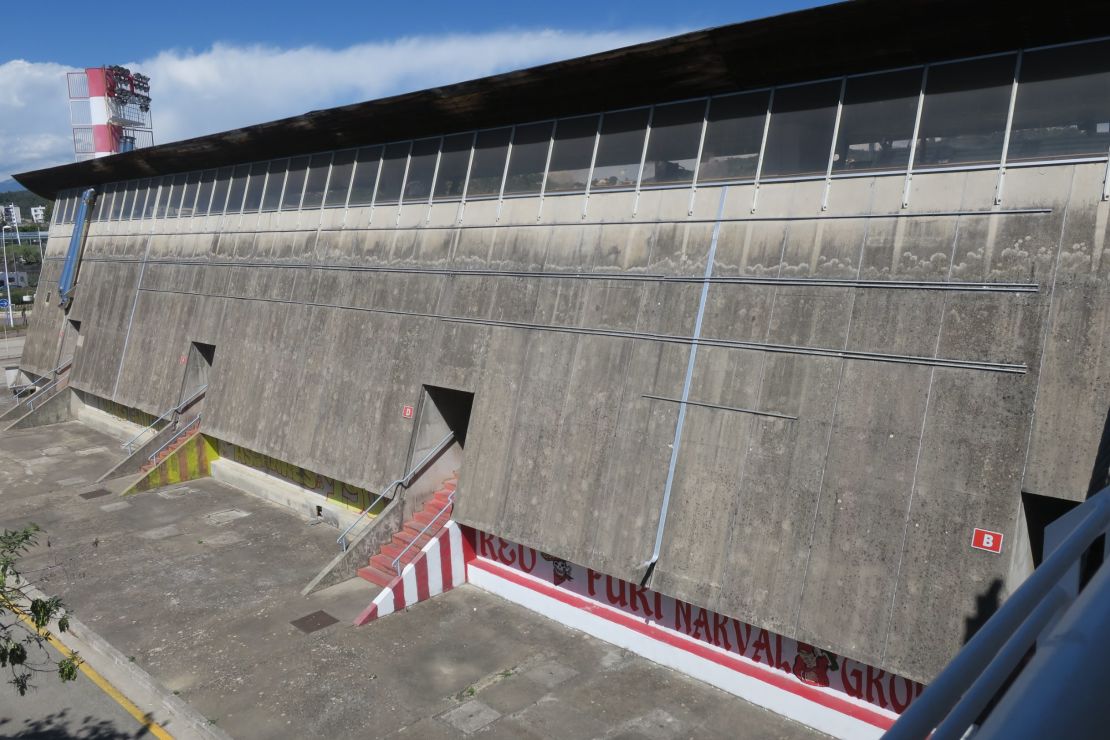
‘Real challenge’
Former club president Ziad Fakhri was in control at the time, and explains that French FA rules that scrutinize teams which lose money made it difficult for Cannes to stay competitive.
“When I took over the club (in 2009), we were in the third division,” says Fakhri, a Senegal-based Lebanese businessman who purchased 90% of the club with his late father. “The problem was that we had to put money in every year.”
“At that time we wanted a real challenge,” he explains, adding that his family became familiar with the club after summering in the South of France.
“A real challenge was a known club, that had history, a real story that we could try to make even better, bring it to its best.
“We always looked at that club because it was part of a very small division, but with great potential,” Fakhri says.
“Everyone always knew Cannes – because of Zidane and many great players – and said that it had to get back to the first division, but we never succeeded in getting it back up.”
The death of Fakhri’s father made it difficult for him to manage the club’s finances. After a ban from the French FA for failing to balance the team’s books on time, Fakhri was forced to sell in 2014.
Visit cnn.com/football for more news and videos
INTERACTIVE: Build your Ultimate Football Player
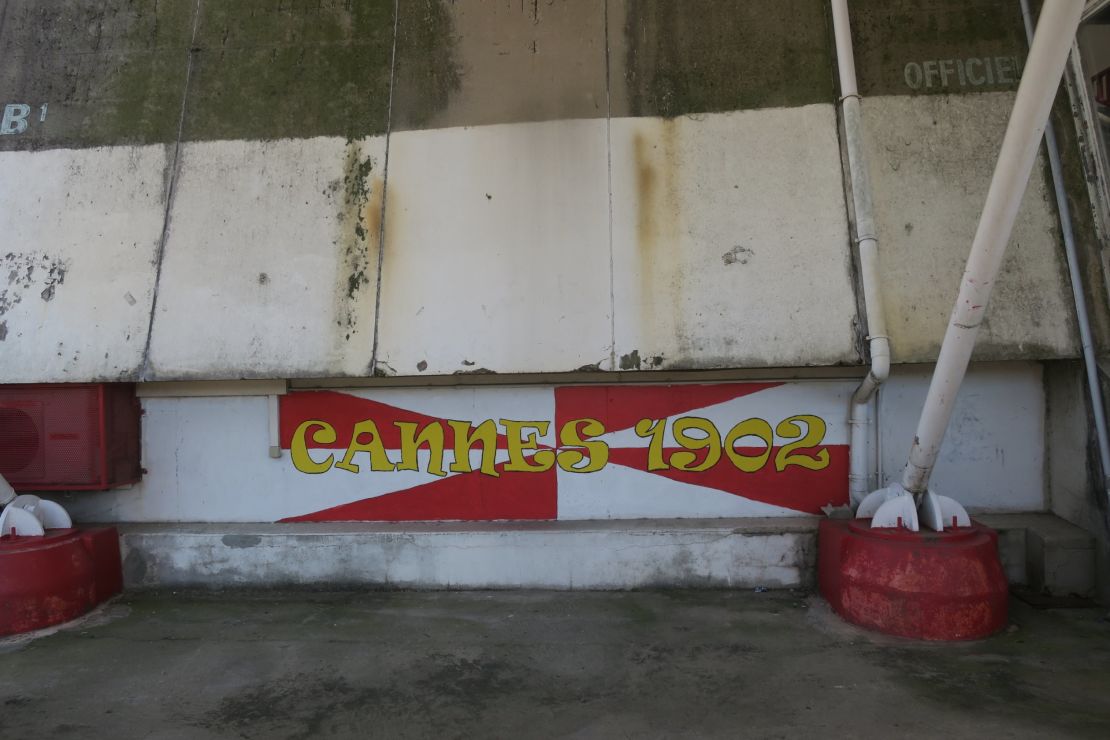
Pinnacle
AS Cannes’ home ground reached its pinnacle in 1993 when it hosted 17,401 spectators in a match against Marseille.
Today it struggles to attract a fraction of those fans. A modern stand featuring a banquet room and VIP section was fitted in 2000, but remains closed for most matches.
Outside, the club’s parking lot has been commandeered by a motorcycle training school, while the mini pitches nearby were used to train five and six-year-olds on a recent weekday.
Graffiti bearing the team’s red dragons logo festoons the outside of the old stand, which is adorned with littered stairwells and poured cement with all the charm of an old prison.
Even Fagart, their fan of over 30 years, has migrated east.
“Now I support Nice,” he says of the recent Ligue 1 third-place finishers. “They are exciting.”
